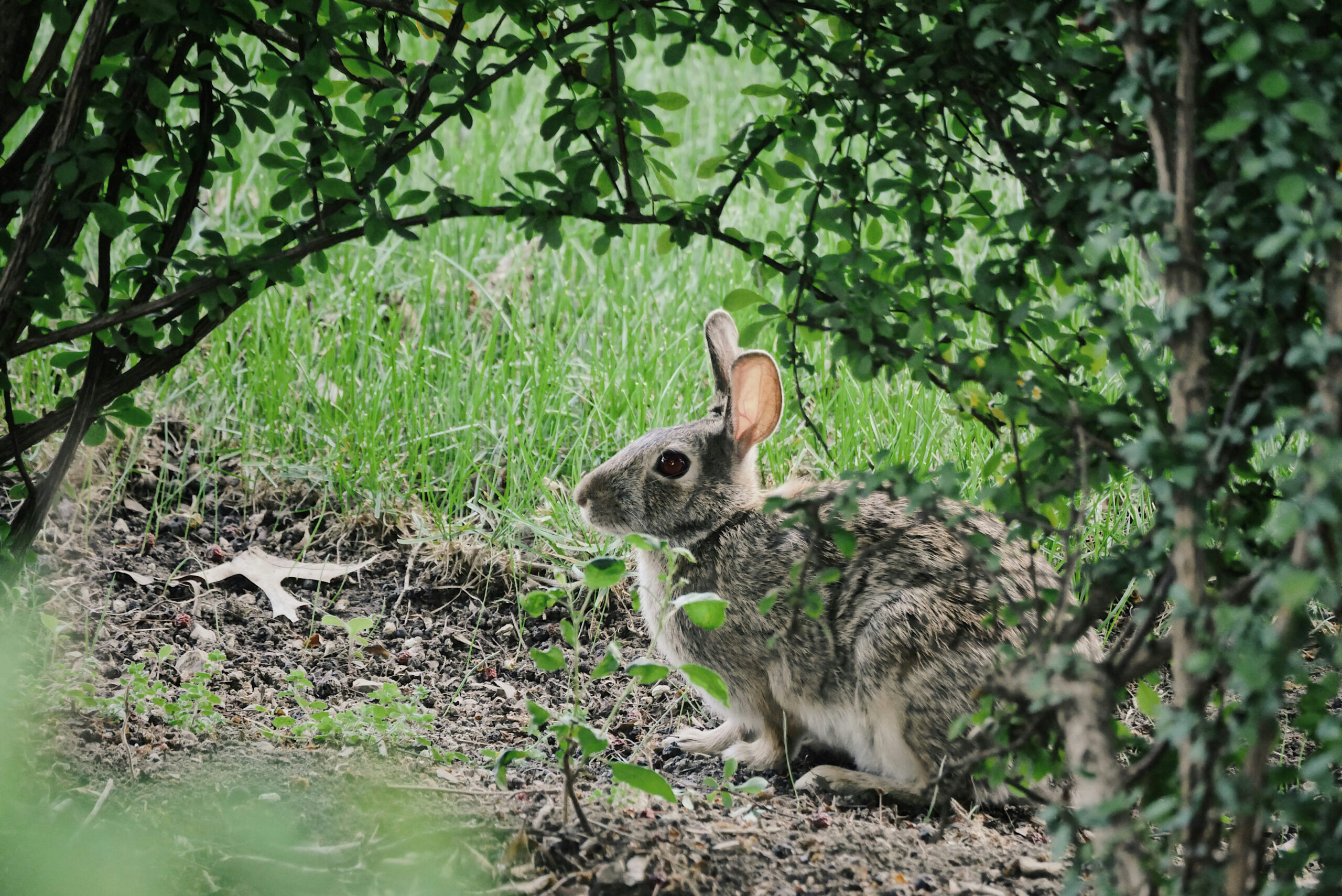Few hunters haven’t tried their luck at rabbit control. However, whether it is a temporary occupation or an almost daily activity will mostly depend on the location and local population. Today, we speak to three hunters who have spent numerous hours controlling the species and making some great memories along the way. Here’s what Kevin Murphy and Mark Lewis from the UK, as well as Nathan Stuart, better known as Edge of the Outback, from Australia, have told us.
The beginning of a life-long adventure
For all three hunters, rabbit hunting is an assignment, albeit one that brings lots of joy. For Kevin Murphy, a British hunter, it has become one of the favorite species to hunt, making pest control a pleasure.
In Australia, it’s a serious job. “Rabbits are an introduced, invasive species in Australia requiring control. We have had multiple catastrophic plagues since the first release in the country in 1859 for sport hunting, and numbers quickly skyrocketed. To this day, numbers spike in localised regions, and I’m often contracted to reduce rabbit numbers in key areas,” explains Nathan Stuart.
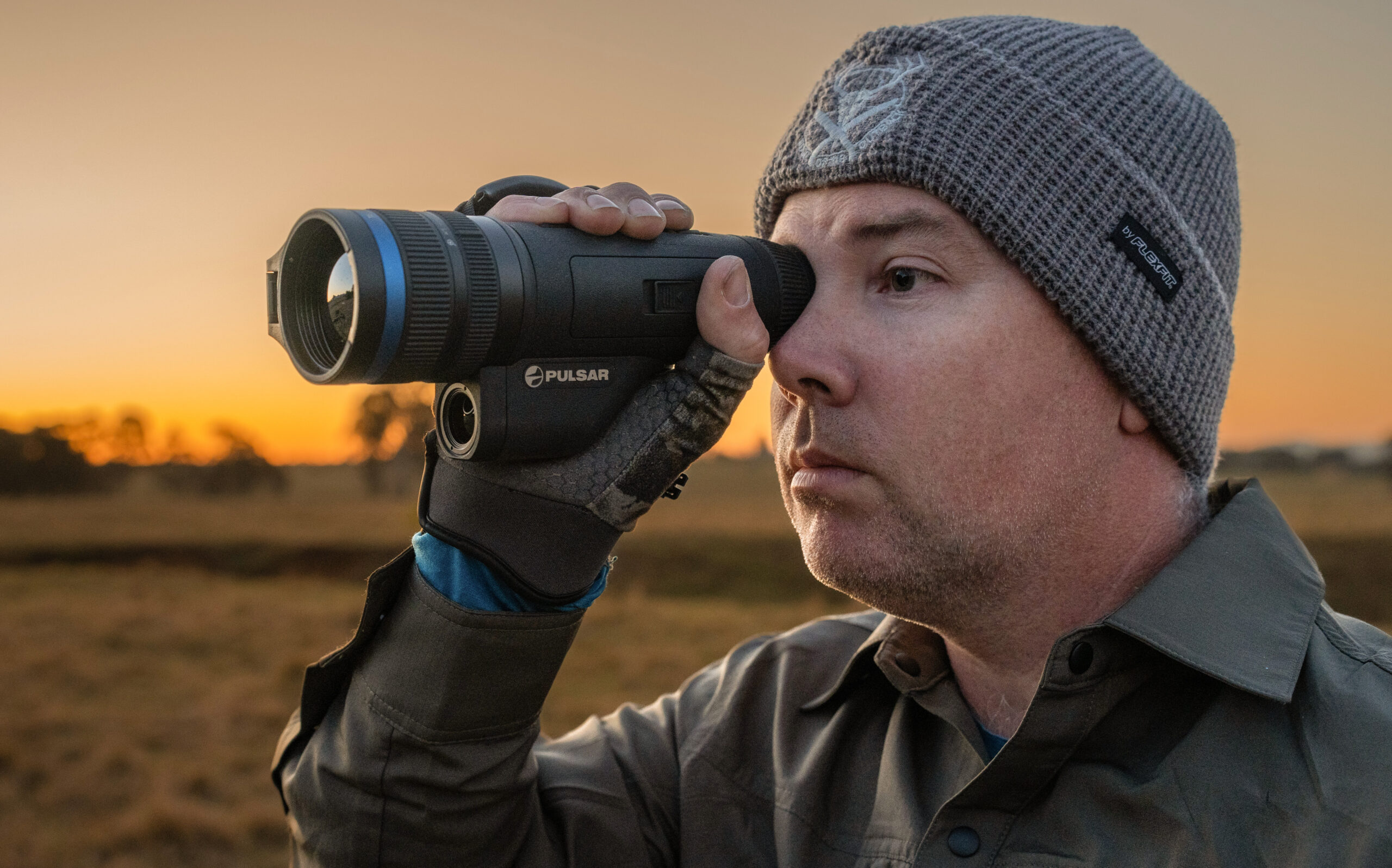
Nathan Stuart
But it’s Mark Lewis who shares perhaps the most unique link with the activity, as he started hunting the animals at the age of 13. And while it had involved bunking off school, now the self-taught hunter is one of the most experienced in the field.
“At 13, I was earning good money supplying rabbit skins for fly tyers and taxidermists and fresh, sustainable rabbit meat to the game dealer while helping the farmers protect their crops and livelihood. When I was 18, I gained my shotgun certificate, and in my early 20s, I applied for my firearm certificate and bought my first rifle. It was a .22 Bruno rimfire and an absolute game-changer for my pest control,” tells the Brit.
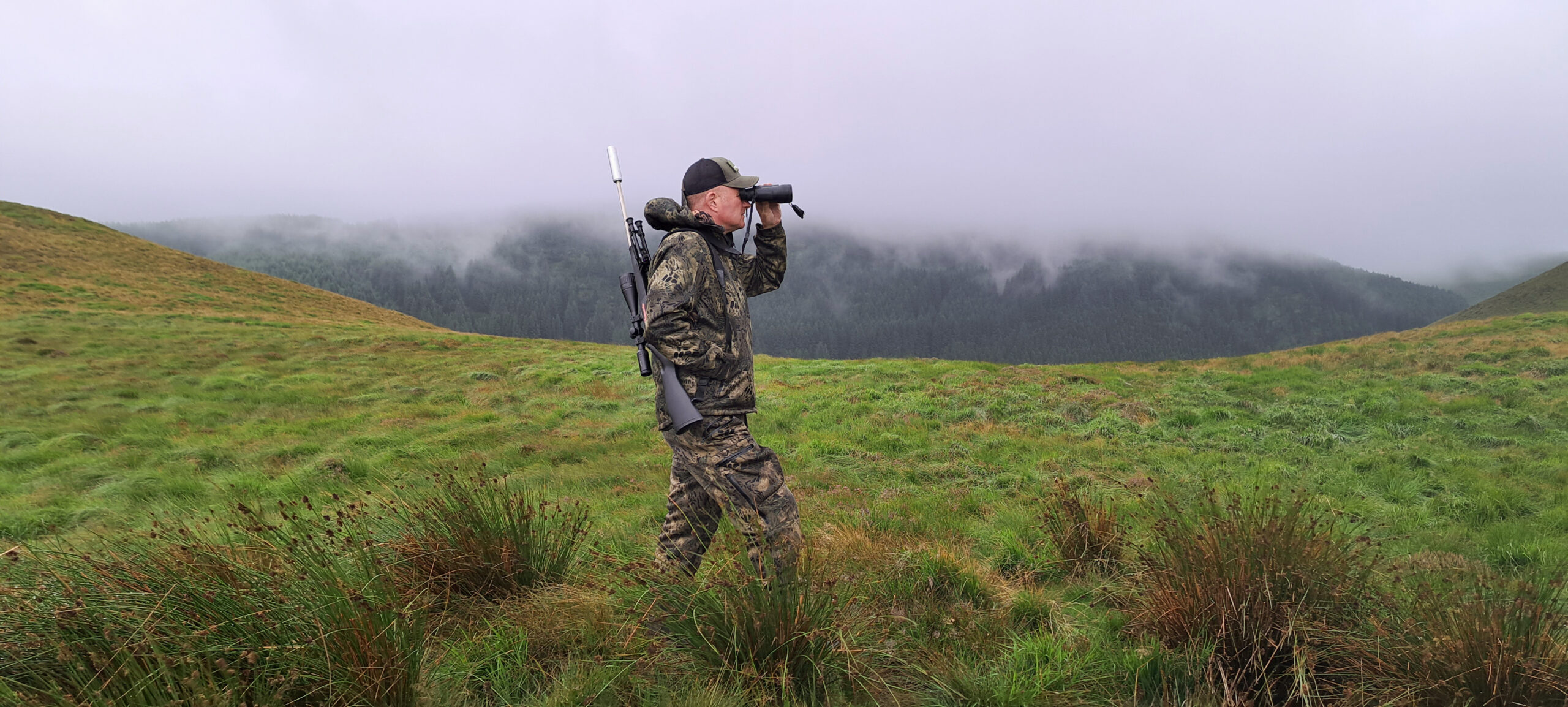
Mark Lewis
But why is it so alluring? Both Kevin and Mark explain that the reason for this is the fieldcraft required. Being the key to the hunt, it really tests one’s skills, while the alertness of the animal adds an extra challenge.
Nathan, meanwhile, gets a little more personal with the reasoning: “For me, the first animal I took hunting, actually with a bow and arrow, was a rabbit. They will always be in my mind for that alone.” He also adds that most Australian hunters cherish rabbit hunting memories, and we’re definitely adding this to the list of curiosities to look into!
The habits and the habitat
Rabbits are known for having excellent sight, smell, and hearing – so it’s no wonder that you need to have quite some skill to approach one. There are many specifics to know, and we’re giving Mark the stage to share those.
“Rabbits can hear between the ranges of 96 Hz and 49,000 Hz and up to 1.8 miles away. They can also swivel each ear independently of each other, and in the wild, rabbits rely on their ears more than any other sense.
Therefore, the hearing of rabbits is much sharper than that of humans, which means to hunt these animals successfully, you need to be very wary of your surroundings; you must try to avoid leaf litter or anything else that will make a noise whilst stalking on these animals.
Then, there is wind direction: it’s always better to stalk in on these animals with the wind in your face so as to avoid them detecting you by sound and scent.
Another important thing to remember, especially when hunting rabbits out feeding around warrens, is that there will always be a sentry/guard rabbit. This one, in particular, will keep a watchful eye out while all the other rabbits are happily feeding. Once the sentry rabbit hears, sees, or smells anything untoward, he will make a quick thump of his back feet, and all rabbits around the warren will disappear in an instant, so you must take the sentry/guard rabbit first.
To do this, you make a slight mouth squeak, and the sentry rabbit will stand bolt upright on his back feet, and both his ears will be pricked up, looking and listening for danger. This is the one to take first. Then, give another slight squeak just to check that there is not more than one sentry, and if there is not, you can take out each rabbit one at a time with a well-silenced air gun or .22 rifle.”
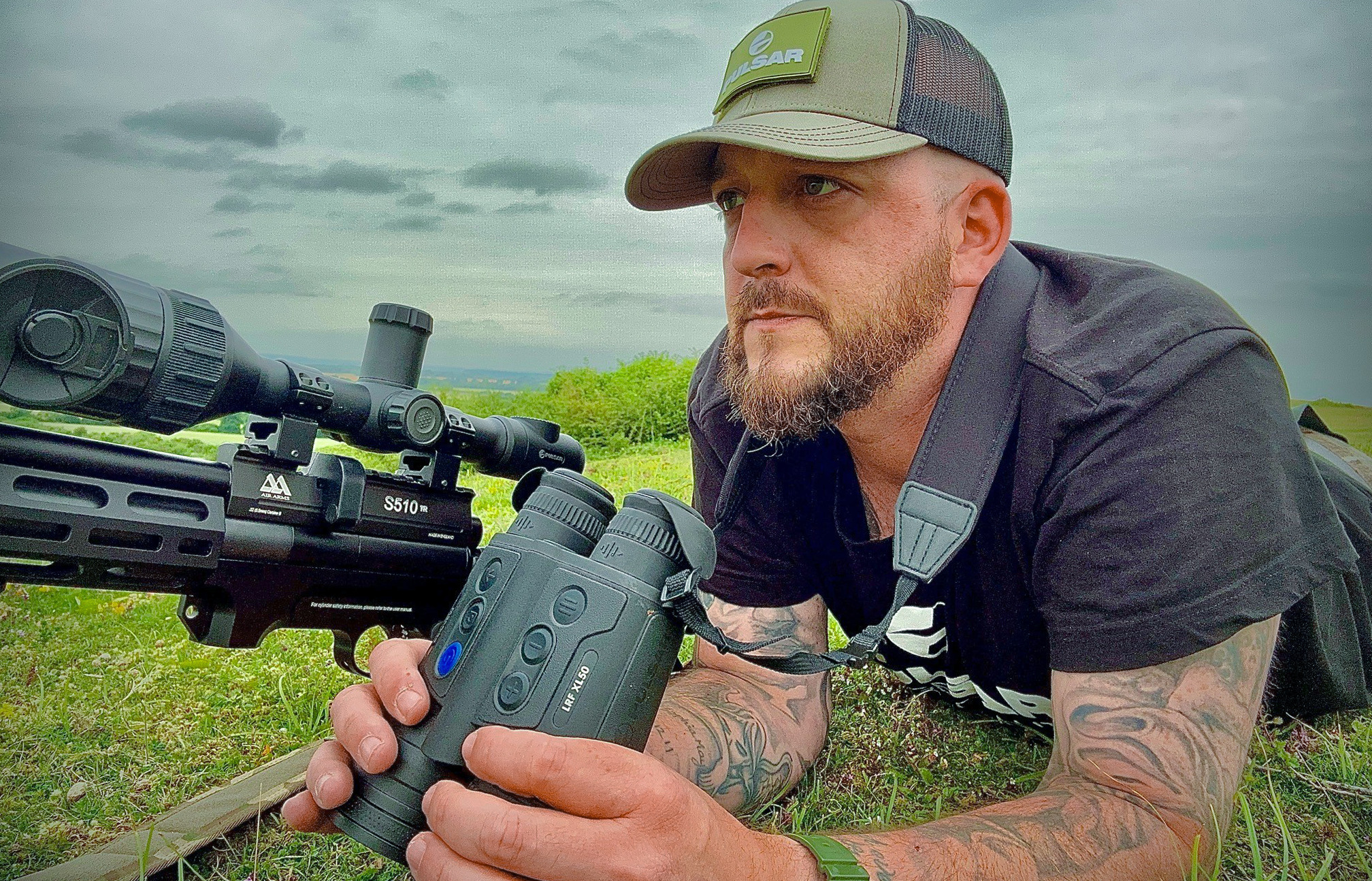
Kevin Murphy
While rabbits are super agile and smart, spotting one won’t be too challenging. In Australia, Nathan advises looking around coastal areas as the sandy soil allows them to “easily burrow and breed.”
In the UK, they’re almost everywhere, “especially on farmland, village greens, football pitches, town parks, cemeteries and even on the sides of busy roads and roundabouts,” explains Mark.
Their habits can get quite curious, though – Kevin typically has most “success at last light and into the night” but has “been to places where it’s the complete opposite, and you will see them in the daytime just feeding away happily.”
The methods and the gear
Coincidentally, nighttime will be the peak rabbit hunting time, and you need trusty gear for this. Both Brits name Talion XQ38 and Digex C50 as the best riflescopes for the job – the first one for the closer ranges, the latter for slightly longer ones (plus, it can be used 24/7).
Nathan also adds a spotter to the equation: “You can’t shoot what you can see, and in that aspect, the Merger LRF series is key for PCP or rimfire detection, identification, ranging, and shooting.”
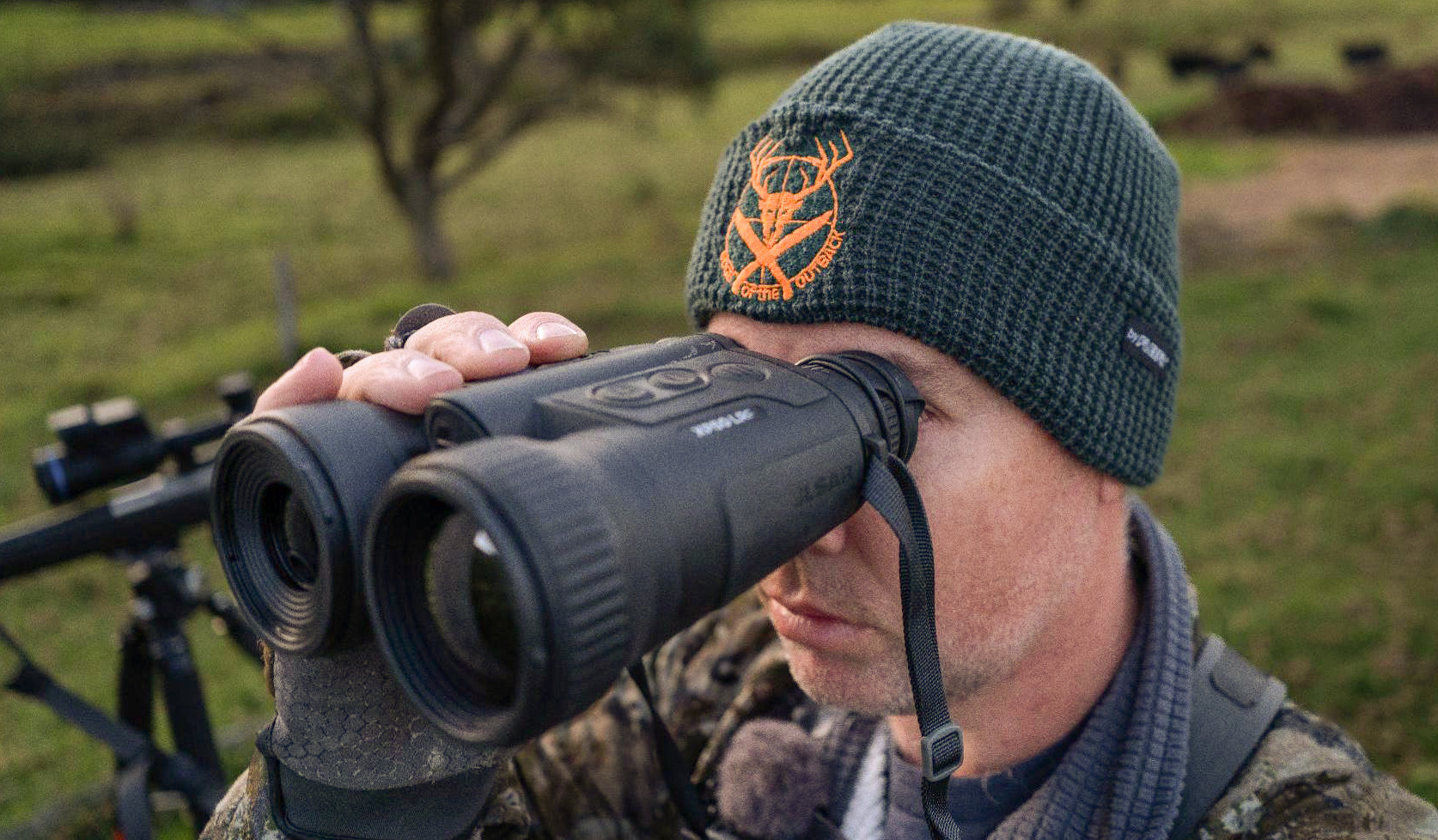
Nathan Stuart
You can’t shoot what you can see, and in that aspect, the Merger LRF series is key for PCP or rimfire detection, identification, ranging, and shooting.
Nathan Stuart
If you’re after something more compact, Kevin assures that a small spotter, like the Axion XM30F, will make just as great a combo with the Digex C50.
Now, the rifle you’ll mount your scope on is likely to depend the most on the range. “I have used the UK legal sub 12 ft/lb air rifles in very small race horse paddocks on the late summer evenings and rimfire rifles at a much longer range in the dark of night in open fields,” shares Kevin. Nathan’s vote, too, goes for the rimfire, while Mark uses the trusty .22LR hs got years ago – if that’s not a testament to the quality, we don’t know what is!

Kevin Murphy
The final remarks
After talking to the hunters, one thing is obvious – whether you’re hunting rabbits for food or population control, it’s a wonderful experience (and, possibly, one followed by a very delicious meal).
There is another benefit, too – they give you a unique opportunity to practice your fieldcraft. Kevin describes the species as one of the best quarries for the purpose, with getting “within that golden range of 25-35 yards undetected is very satisfying.” So, here’s a challenge for you – next time you spot one in the field, try to get as close as possible and see how near you can get without scaring it off.
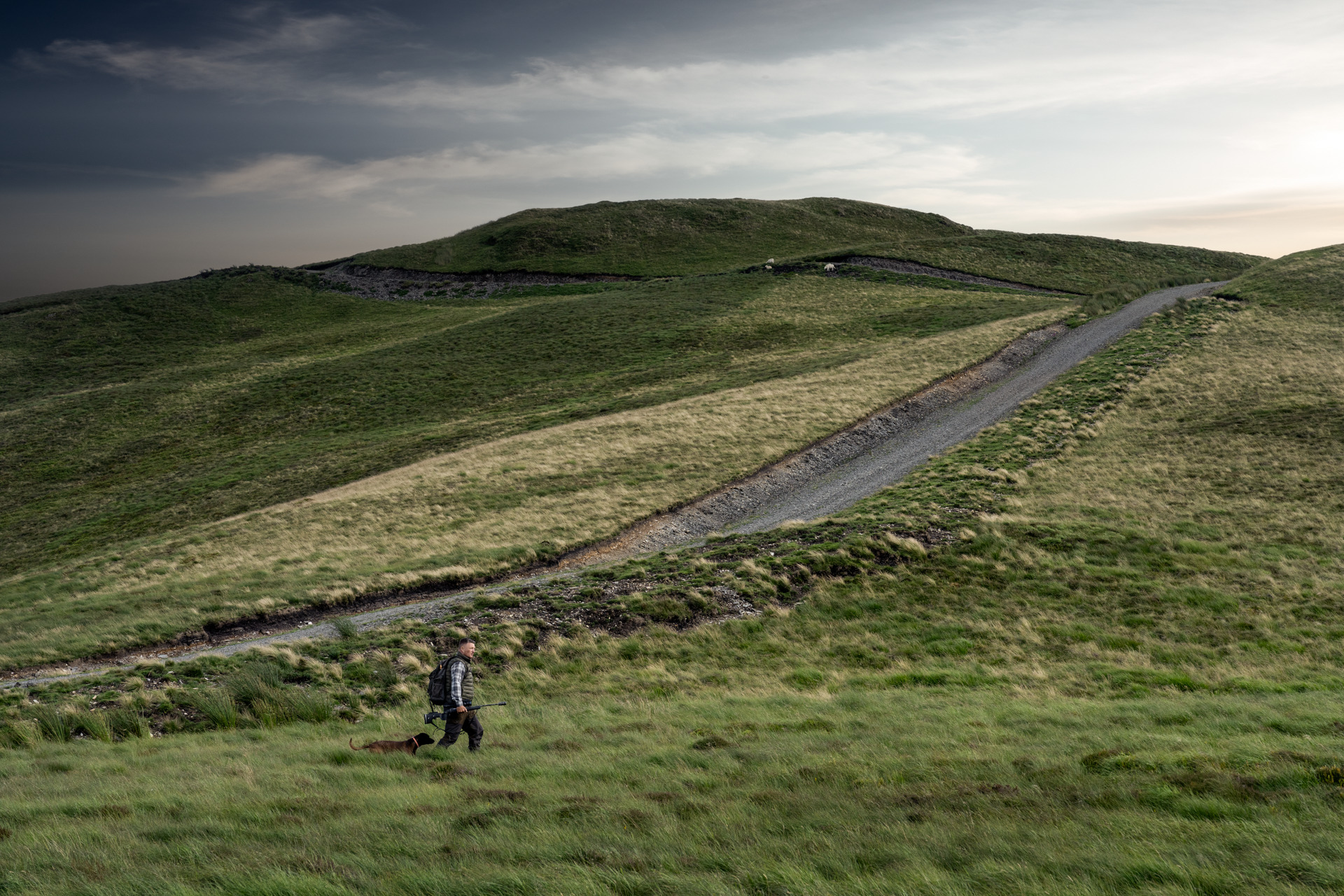
Mark Lewis
Before purchasing any night or thermal vision device, please make sure you adhere to the local legislation and only use it when it is allowed. Our ambassadors come from various countries and travel a lot, which allows them to test different devices. We do not encourage or support the illegal use of our devices in any events. If you wish to learn more about export and sales restriction policy, please visit the following link: Export and Sales Restriction Policy.
